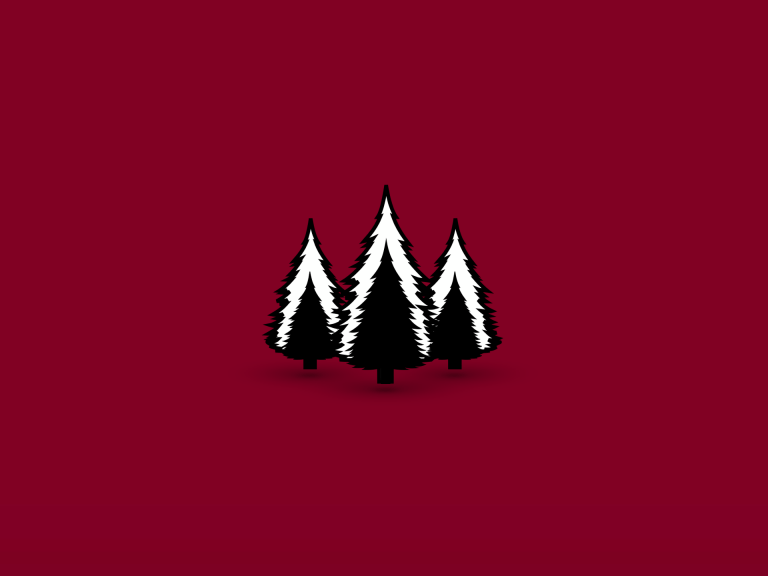In science this year we have done a variety of interesting things ranging from Minecraft to spiral drawing, but now it’s time for the classics. Our current unit is on bacteria and diseases, and you know what that means, using microscopes. This is actually the first time I’ve used a real microscope, and it’s been pretty fun.
Scope 101
You may think that using a microscope consist merely of turning dials and looking through a hole, but it’s actually a lot more complicated than that. Before you can even use your microscope, you got to learn how to carry it, turn it on, focus it, and a lot more. The microscopes we were using are called compound microscopes because they have four movable lenses that can all see at different magnifications. They also have a moving stage which helps focus items and is controlled by two dials on the side of the microscope (fine tuning dial and coarse tuning dial). These kind of microscopes are usually used for the study of unicellular life forms and plant/animal tissue.
A diagram of a compound microscope
Exploration at a Cellular Level
Once we had learned how to use our microscopes, it was time to get exploring, and what better to explore than an onion? Of course we didn’t have any microscope slides with onions in them, so we decided to make our own. We cut up an onion into extreamly thin slices then attached them to slide glass with adhesive. Then we smoothed out the air bubbles and they were ready to go. We then carefully inserted them into the specimen holder of the microscope and found a rather unusual image. Instead of looking like a smooth, clear surface, the onion slice looked like a cluster of lizard scales, which was pretty neat. After the onion, it was time to move onto the big boys. We got to look at skin, parasites, and even blood, along with water full of minuscule organisms. Here are some of the fascinating images that we were able to witness:






